Economic geographer: Politicians are up against a millennia-old trend – moving study places is not a silver bullet

(Photo: Kristoffer Trolle / Wiki Commons)
The government wants to move 7,000 study places outside the biggest cities. Mark Lorenzen, Economic Geographer at CBS, explains why that will not necessarily help medium-sized cities. Making the cities attractive to live in is a more efficient way of spending the money, or you risk wasting opportunities, he says.
Mark Lorenzen appears on Teams, and even before I have asked my first question, he begins sharing his views on the government’s proposed dispersion plans.
“The issue the government is raising relates to developing medium-sized cities through higher education programs, with dispersion as a means of achieving that. But is higher education even the right tool in this context?” asks the Economic Geographer from the Department of Strategy and Innovation at CBS.
Mark Lorenzen has researched urban dynamics, including why knowledge-intensive businesses cluster together along with certain types of labor. He has agreed to be interviewed on the government’s dispersion plans, and will share his knowledge of what makes the biggest cities so attractive to some types of businesses, higher education, cultural life and many young people, and thereby why moving higher education is not a silver-bullet solution that will make young people stay in medium-sized cities.
In short, the government wants to strengthen medium-sized cities outside the immediate hinterland of the four big university cities, which are Aalborg, Aarhus, Odense and Copenhagen. And they intend to do so by moving up to 7,000 study places from the four biggest cities to cities such as Køge, Svendborg, Esbjerg, Holstebro and Frederikshavn.
“It is a legitimate goal. Some of these cities are losing jobs and inhabitants. It is understandable that some politicians see that as an effect of young people moving to major cities to study,” he says and continues:
“However, the challenge is to make young people move back to medium-sized cities, not deprive them of the opportunity to study in top-level study environments in the world’s big cities.”
The solution is to make the medium-sized cities attractive to live in, so that young people will move there by choice after finishing their studies elsewhere
Mark Lorenzen
And there are natural explanations for students moving to large cities, he points out. Explanations that stretch far back through history.
“It’s important to remember that knowledge-intensive business and higher education do not agglomerate in the major cities because of ‘Copenhagenism’ or political decisions to centralize. This is not a planned process. It is based on market forces. For millennia, and across Asia, the Middle East and Europe, there has been a dynamic of the metropolises attracting knowledge-intensive activities, the arts, and people who come to study. It’s not just political, it’s not a unique Danish phenomenon, and it’s certainly not new,” he states.
But there is more to it than a millennium of history. What has made the biggest cities attractive throughout history can be boiled down to two things: scale advantages and diversity.
Urban diversity
On the subject of big cities, Mark Lorenzen draws the line at cities with 50,000 inhabitants or more. When you have 50,000+ inhabitants, you are approaching a size where high-tech businesses, specialized cultural life, and specialized educations are viable, he explains.
“With a population of that size, several advantages arise that relate to both simple scale but also diversity of businesses and inhabitants. For companies, this means many specialized customers and collaboration opportunities, and the same goes for cultural industries, which can attract audiences for specialized offers, but also collaborate across industries,” Mark Lorenzen says.
He mentions that IT and biotech firms, for example, benefit from being located in the same place, and this also applies to film, TV and theatres.
Higher education needs a large ‘consumer base’ of students, and job opportunities for graduates, who also benefit from collaborations and innovation across different universities and higher education programs, he explains.
“This is an ecosystem of both scale and diversity that you can only achieve in large cities.”
The students on the other hand, are attracted to the cultural offers and lifestyle in large cities, but first and foremost they seek the quality of education, and they will only find that in the large cities because of scale and diversity, according to Mark Lorenzen.
“If you apply to study law at the University of Copenhagen, you know the program is top level, but you will also benefit from its co-location with other programs and other universities. You learn from this diversity, not just through electives and collaboration at program level, but also by students meeting, interacting, and challenging each other. It is not a coincidence that these learning environments in the big cities were named ‘Universities’,” he says.
Therefore, moving study places and programs outside the biggest cities where they emerged without cutting their ‘roots’ is a substantial challenge, although programs may be able to grow new roots, Mark Lorenzen points out.
“Whether it makes sense to move a dance education program to Holstebro, for instance, depends on how much this program needs urban scale and diversity to function. Does Holstebro have not only a dance scene, but also related businesses such as music, theatre, and perhaps TV and film? If not, the program may lose quality, and importantly, there are no relevant companies where the graduates can work afterwards. Hence, moving the program will have no positive effect for local development.”
More efficient ways to develop medium-sized cities
Critics of the dispersion plans have argued that the higher education programs will be spread so thinly that the quality is at risk of being lower than in the cities, while the grade point averages will increase in the cities and speed up the grade race.
Mark Lorenzen says that while there may be a political signal in moving study places, it is not the logical lever to pull as a means of strengthening and developing medium-sized cities.

“Students will go to study where they can get the best educational quality. Since the quality of university education increasingly depends on scale and diversity, this will mostly be in the large cities. If we erode the quality of education in the universities in the large Danish cities, students will not move to a medium-sized city to study. They will move to Berlin, London or Stockholm, where they can find world-class study opportunities,” he says.
So which lever should be pulled then? Mark Lorenzen points towards a solution.
“The solution is to make the medium-sized cities attractive to live in, so that young people will move there by choice after finishing their studies elsewhere,” he says and adds:
“The challenge lies in advertising job offers and professional development opportunities here, and, for some such cities, also developing their cultural offers. Therefore, involving local businesses and the local cultural scene is the key to making medium-sized cities attractive.”
From an international perspective, Danes are swimming in higher-education opportunities
Mark Lorenzen
However, he does leave a door open for the government’s aim to boost education in medium-sized cities. He suggests strengthening the collaborations between universities and local industry and keeping in mind the short distances between the cities.
“In many medium-sized cities, there are thriving industry clusters or cultural activities that may not be large and diverse enough to support specialized education programs themselves, but that would be highly attractive as collaboration partners for universities in larger cities. So I would endorse a carefully devised program of scanning different medium-sized cities for opportunities, engaging the local businesses and seeing whether it makes sense to start up collaborations and whether they would be interested in getting involved in education programs spanning medium-sized and large cities,” he says and adds:
“That would be a frugal way of working, exploiting Danish traditions of collaboration and taking advantage of our country’s small distances and good transportation links between cities. In the end, that will be a more efficient way of spending money to develop the medium-sized cities, as otherwise you risk nothing happening at all, other than weakening the environments in the biggest cities.”
Efficiency
With the big picture in mind, Mark Lorenzen does not buy into the discourse that Denmark is in danger of snapping in two with the major cities on the one side, and the rural regions and smaller cities on the other.
“From an international perspective, Denmark is tiny, internally well connected, and highly geographically and economically homogenous. And from a historical perspective, economic opportunities and the general quality of life are at an all-time high in every nook and cranny of the country,” he says.
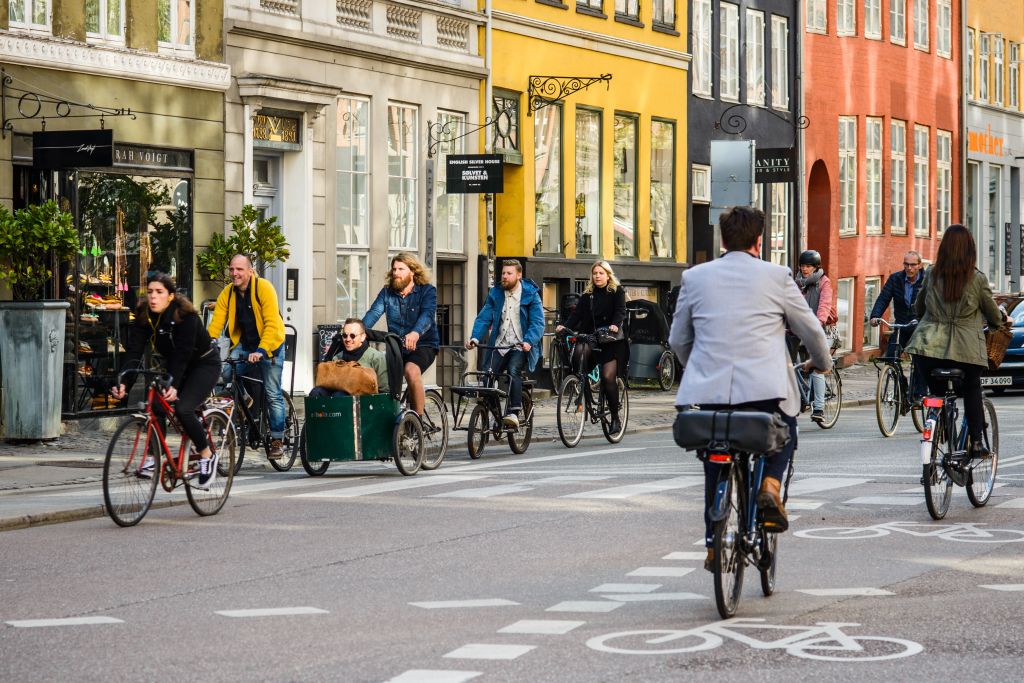
(Photo: Shutterstock)
He reminds us that Denmark is highly privileged to have universities in all its five regions.
“From an international perspective, Danes are swimming in higher-education opportunities. In other countries, many people are deprivªçed of the opportunity to study at all, and many of those who are fortunate to do so have hours and hours of transport to reach their universities. We are fortunate in Denmark to have built up world-class higher education in five cities. It would be logical to build on that, rather than dismantle it,” he says and finishes:
“Knowledge-intensive businesses, specialized culture and higher education rely on the scale of diversity in large cities. This benefits the entire country. Rather than dispersing the higher education programs, we should work towards being better at dispersing their benefits and respecting what they can achieve and where they belong.”




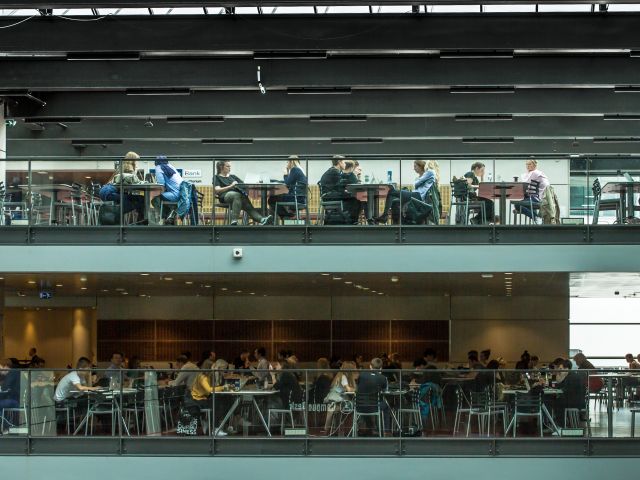

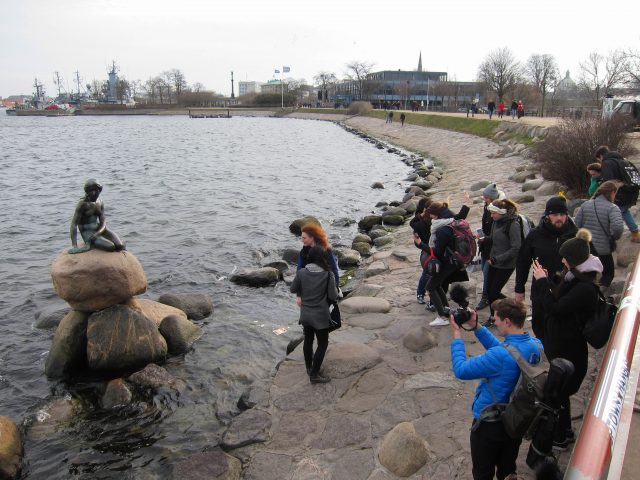
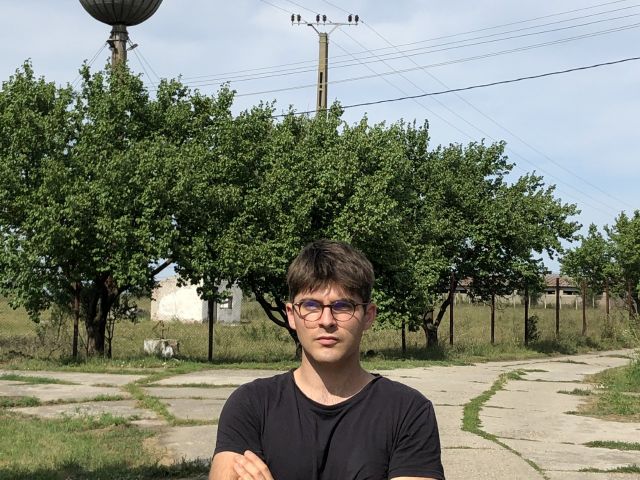


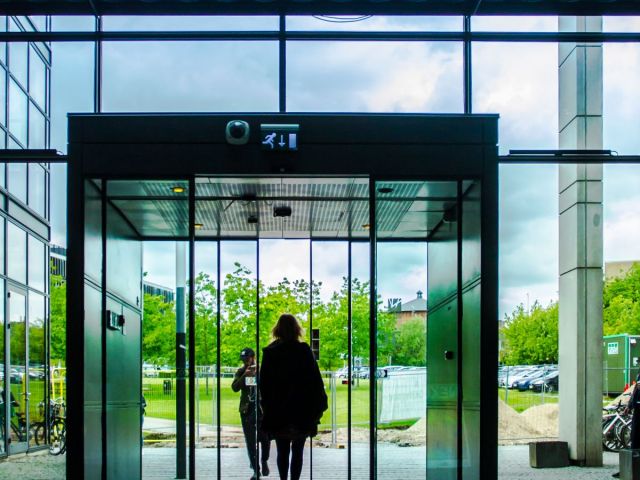




























































































































Comments